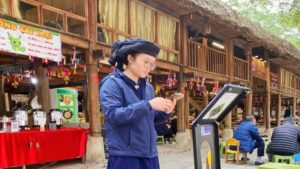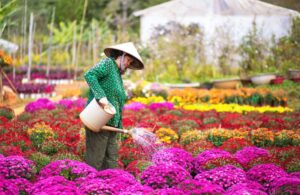Cat Ba, the pearl of the Tonkin Gulfand one of the three largest islands in Viet Nam in the northern port city of Hai Phong, is threatend by pollution.
Director of Cat Ba Bay Nguyen Dinh Khuong said serious ecological pollution from the speedy urbanisation and the unenvironmentally friendly tourism and aquaculture had contributed to the problem.
Khuong said thousands of tourists visited the island in the summer by ship. These tourism ships combined with the hundreds of fishing ships released waste of all kinds to the water and caused serious pollution to the island. Though Cat Hai District put much effort into waste collection, it was not enough to combat the increasing waste and low awareness among the people.
In addition, more than 10 floating restaurants serving about 200 customers daily have a huge amount of rubbish that is released into the water without treatment.
Khuong pointed to the massive development of aquaculture cage systems in Lan Ha Bay as the key factor damaging the local environment. This bay is said to be the most beautiful in the island. Khuong calculated more than 200 cages were operating there.
Fisherman Nguyen Viet Can in Cat Ba town said he never saw such booming aquaculture in the area before.
Can added that not only this increase without sanitation facilities was harming the sea, but the abandoning of failed cages drew a bad portrait for the bay.
Addressing the problem, Cat Hai District conducted a major review of aquaculture and appraised the bay damage in May this year.
Director Khuong said they asked all the raisers to harvest their aquaculture products and be ready to move to a planned area by May 2013 or their cages would be treated under environmental law.
Located east of Hai Phong and 150km from Ha Noi, Cat Ba consists of 366 large and small islands, beaches and limestone mountains. Cat Ba National Park covers a total area of 15,200ha with hundreds of precious fauna and flora area. In 2004, Cat Ba Island was recognised by UNESCO as a World Biosphere Reserve.
















